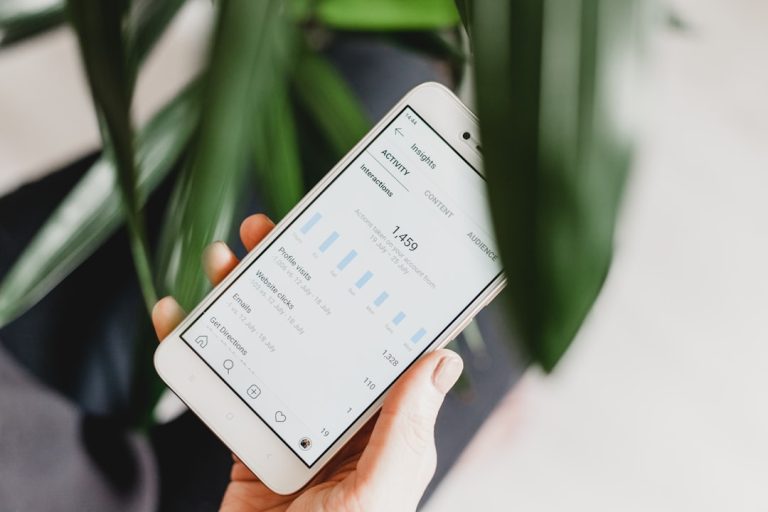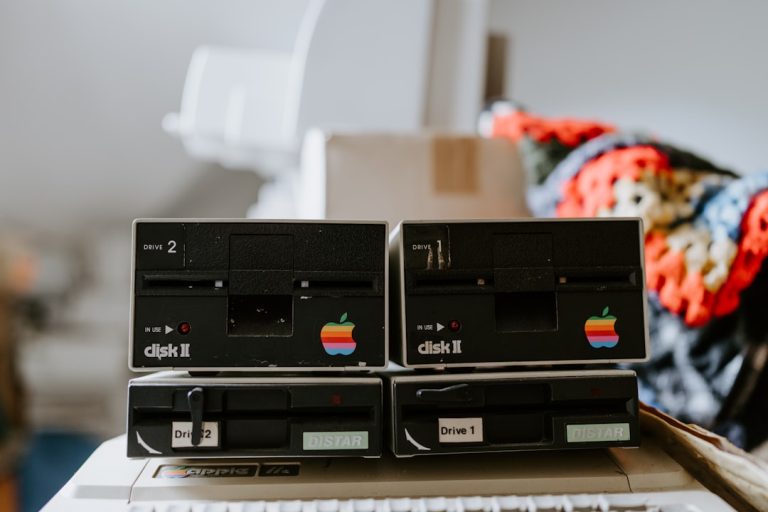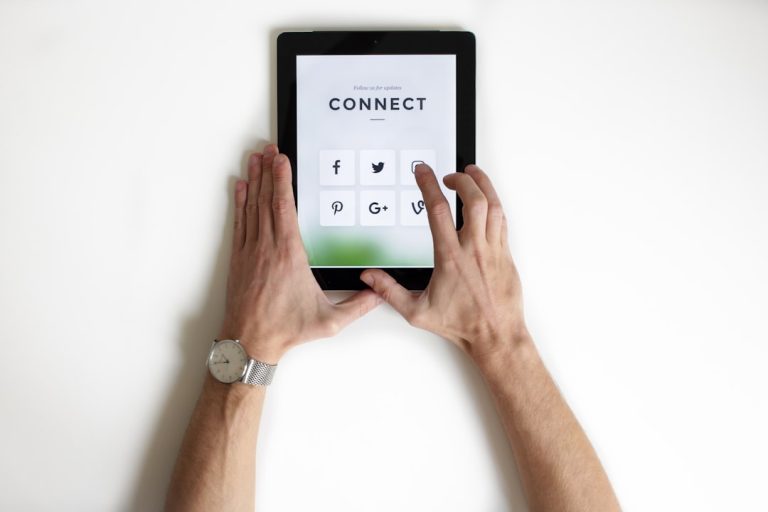
Collaboration in creative work is a dynamic force that can amplify individual talents and lead to extraordinary outcomes. When individuals come together, they bring unique perspectives, skills, and experiences that can enhance the creative process. This synergy often results in innovative ideas that would not have emerged in isolation.
For instance, in the world of film, directors, writers, and actors collaborate to create a cohesive narrative that resonates with audiences. Each contributor plays a vital role, and their combined efforts can elevate a project from a simple concept to a cinematic masterpiece. The power of collaboration lies not only in the pooling of resources but also in the cross-pollination of ideas that can spark new directions and possibilities.
Moreover, collaboration fosters an environment where experimentation is encouraged. When individuals feel supported by their peers, they are more likely to take risks and explore unconventional ideas. This is particularly evident in industries such as technology and design, where brainstorming sessions often lead to groundbreaking innovations.
For example, the development of the iPhone was not solely the result of one visionary mind but rather a collaborative effort involving engineers, designers, and marketers who worked together to create a product that revolutionized communication. The collective creativity harnessed through collaboration can lead to solutions that are not only effective but also transformative.
Key Takeaways
- Collaboration enhances creativity and innovation by bringing together diverse perspectives and skills.
- Finding the right collaborators involves identifying individuals with complementary strengths and a shared vision for the project.
- Nurturing a collaborative environment requires open communication, trust, and a willingness to embrace different ideas and approaches.
- Overcoming creative differences and conflicts involves active listening, compromise, and a focus on the common goal.
- Leveraging diverse perspectives for innovation involves valuing and incorporating different viewpoints to drive creativity and problem-solving.
Finding the Right Collaborators for Your Project
Identifying the right collaborators is crucial for the success of any creative endeavor. The ideal collaborators should complement your skills and share a similar vision for the project. This alignment can be achieved through networking within your industry, attending workshops, or participating in creative communities.
For instance, artists often find inspiration and potential collaborators at art fairs or exhibitions where they can engage with others who share their passion. By actively seeking out individuals whose strengths align with your needs, you can build a team that enhances the overall quality of the work. In addition to skill alignment, it is essential to consider personality traits when selecting collaborators.
A successful partnership often hinges on mutual respect, open-mindedness, and effective communication. For example, in a writing project, pairing a detail-oriented editor with a big-picture thinker can create a balanced dynamic that fosters creativity while ensuring clarity and coherence. Conducting informal interviews or collaborative exercises can help gauge compatibility before committing to a partnership.
Ultimately, finding the right collaborators involves a blend of professional expertise and personal rapport, which can significantly influence the project’s trajectory.
Nurturing a Collaborative Environment

Creating a nurturing collaborative environment is fundamental to fostering creativity and innovation. This environment should encourage open dialogue, where all participants feel comfortable sharing their ideas without fear of judgment. Establishing ground rules for communication can help facilitate this openness.
For instance, implementing brainstorming sessions where all ideas are welcomed—no matter how unconventional—can lead to unexpected breakthroughs. In such settings, participants are more likely to contribute freely, knowing that their input is valued. Physical space also plays a significant role in nurturing collaboration.
An open office layout or creative studio can promote interaction among team members, allowing for spontaneous discussions and idea exchanges. Companies like Google have embraced this concept by designing workspaces that encourage collaboration through communal areas and flexible seating arrangements. Additionally, incorporating tools such as whiteboards or digital collaboration platforms can enhance the creative process by providing visual aids for brainstorming and project management.
By cultivating an environment that prioritizes collaboration, teams can unlock their full creative potential.
Overcoming Creative Differences and Conflicts
| Team Members | Conflict Type | Resolution Strategy |
|---|---|---|
| John, Sarah, Mike | Artistic differences | Compromise and find a middle ground |
| Lisa, David, Emily | Communication breakdown | Implement regular check-ins and open discussions |
| Chris, Olivia, Alex | Decision-making conflicts | Utilize consensus-building techniques |
Creative differences are an inevitable part of collaborative work; however, they can also serve as catalysts for growth and innovation if managed effectively. When team members have differing opinions or approaches, it is essential to approach these conflicts with an open mind and a willingness to listen. Engaging in constructive discussions can lead to deeper insights and more refined ideas.
For example, in a design project, differing aesthetic preferences between team members can be reconciled through dialogue that explores the underlying motivations behind each perspective. Conflict resolution strategies are vital in navigating creative differences. Establishing a framework for addressing disagreements can help maintain focus on the project’s goals rather than personal grievances.
Techniques such as active listening—where team members paraphrase each other’s points to ensure understanding—can foster empathy and reduce tension. Additionally, involving a neutral third party to mediate discussions can provide an objective perspective that helps resolve conflicts amicably. By embracing creative differences as opportunities for growth rather than obstacles, teams can cultivate resilience and adaptability.
Leveraging Diverse Perspectives for Innovation
Diversity in collaboration is not merely a buzzword; it is a powerful driver of innovation. When individuals from varied backgrounds come together, they bring distinct viewpoints shaped by their unique experiences. This diversity can lead to richer discussions and more comprehensive solutions to complex problems.
For instance, in product development, teams that include members from different cultural backgrounds may identify user needs that others might overlook, resulting in products that resonate with a broader audience. Moreover, leveraging diverse perspectives can enhance creativity by challenging conventional thinking. In industries such as advertising or marketing, diverse teams are better equipped to create campaigns that appeal to various demographics.
This correlation underscores the importance of inclusivity in collaborative efforts; by embracing diverse perspectives, teams can unlock innovative ideas that drive success.
Sharing Credit and Recognition in Collaborative Projects

In collaborative projects, recognizing individual contributions while celebrating collective achievements is essential for maintaining morale and motivation among team members. Sharing credit fosters a sense of ownership and accountability within the group. It is crucial to establish clear roles and responsibilities from the outset so that each member understands their contributions’ significance to the project’s success.
For example, in academic research collaborations, co-authorship on publications ensures that all contributors receive acknowledgment for their work. Furthermore, creating a culture of recognition extends beyond formal credit; it involves celebrating milestones and achievements throughout the project lifecycle. Simple gestures such as shout-outs during team meetings or acknowledgment in project presentations can go a long way in reinforcing team cohesion.
By valuing each member’s contributions and promoting an atmosphere of appreciation, teams can cultivate loyalty and commitment to their shared goals.
Maintaining Communication and Feedback in Collaborative Work
Effective communication is the backbone of successful collaboration.
Utilizing various communication tools—such as instant messaging platforms or project management software—can facilitate real-time updates and streamline information sharing.
For instance, platforms like Slack or Trello allow teams to communicate efficiently while keeping track of tasks and deadlines. Feedback is another critical component of communication in collaborative work. Constructive feedback should be encouraged at every stage of the project to foster continuous improvement.
Creating an environment where team members feel comfortable giving and receiving feedback can enhance the quality of the work produced. Techniques such as peer reviews or feedback sessions can provide valuable insights that help refine ideas and approaches. By prioritizing open communication and feedback loops, teams can navigate challenges more effectively and maintain momentum throughout the creative process.
Celebrating Success and Learning from Failure in Collaborative Endeavors
Celebrating successes is vital for reinforcing team spirit and motivation in collaborative projects. Acknowledging achievements—whether big or small—can boost morale and encourage continued effort toward shared goals. Celebrations can take many forms, from informal gatherings to formal recognition events where team members are honored for their contributions.
For example, after completing a successful marketing campaign, a team might host a celebratory lunch to reflect on their accomplishments and strengthen interpersonal bonds. Conversely, learning from failure is equally important in collaborative endeavors. When projects do not go as planned, it is essential to analyze what went wrong without assigning blame.
Conducting post-mortem discussions allows teams to identify lessons learned and areas for improvement while fostering resilience among members. Emphasizing a growth mindset encourages individuals to view setbacks as opportunities for development rather than discouragements. By balancing celebration with reflection on failures, teams can cultivate an adaptive culture that embraces both success and learning as integral parts of the collaborative journey.
If you’re interested in learning more about collaborations with other creators, be sure to check out the article “Hello World” on sersea.media. This article provides valuable insights and tips on how to effectively work with other creators to create amazing content and grow your audience. Collaborations can be a powerful way to expand your reach and connect with new audiences, so don’t miss out on this informative read!
FAQs
What are collaborations with other creators?
Collaborations with other creators refer to partnerships or joint projects between two or more individuals or entities in the creative industry, such as artists, musicians, writers, or content creators.
Why do creators collaborate with each other?
Creators collaborate with each other to leverage each other’s skills, audience, and resources, to create unique and engaging content, and to expand their reach and exposure within their respective communities.
What are the benefits of collaborating with other creators?
Some benefits of collaborating with other creators include reaching a wider audience, gaining new perspectives and ideas, sharing resources and expertise, and building a stronger network within the creative industry.
How do creators find collaborators?
Creators can find collaborators through networking events, social media platforms, online communities, and through mutual connections within the creative industry. They can also reach out directly to potential collaborators to propose partnership opportunities.
What are some common types of collaborations between creators?
Common types of collaborations between creators include co-creating content, featuring each other in their respective works, cross-promoting each other’s projects, and participating in joint events or exhibitions.
How do creators manage the logistics of a collaboration?
Creators manage the logistics of a collaboration by clearly defining roles and responsibilities, setting expectations and timelines, communicating effectively, and establishing agreements or contracts to outline the terms of the collaboration.


